Brooklyn Heights in the 2000s were known for its quiet streets and old buildings. Many blocks were lined with trees and classic brownstone houses, giving it a historic feel different from busy Manhattan across the river. People recognized the neighborhood for being calm and family-friendly.
The Brooklyn Heights Promenade was a very important place for the neighborhood. This long walkway offered wide-open views of the Manhattan skyline and the Brooklyn Bridge. It was a popular spot for residents and visitors to walk, sit, and look at the city. Before 2001, the view included the Twin Towers of the World Trade Center.
The terrorist attacks on September 11, 2001, had a direct impact on Brooklyn Heights. Residents witnessed the events unfold from the Promenade. The loss of the Twin Towers permanently changed the famous skyline view from the neighborhood. This event was a defining moment for the area during the decade.
Read more
Montague Street served as the main commercial street. It had various shops, restaurants, and cafes catering to local residents. Some businesses were small, independent shops that had been there for years, though changes were starting to happen. Other streets like Pierrepont, Clinton, and Henry were known mostly for their residential buildings, including many historic churches mixed among the houses.
During the 2000s, living in Brooklyn Heights became more expensive. The area attracted professionals and families who liked the neighborhood’s character and good subway connections to Manhattan. Subway lines like the 2, 3, 4, 5, and R made commuting relatively easy. Housing mostly consisted of historic brownstones, often divided into apartments, and co-op apartment buildings.
Toward the end of the decade, major changes began along the waterfront below the Promenade. Plans and early construction started for what would become Brooklyn Bridge Park. This project aimed to turn the old shipping piers into a large public park space, signaling a shift in how the neighborhood connected to the East River.


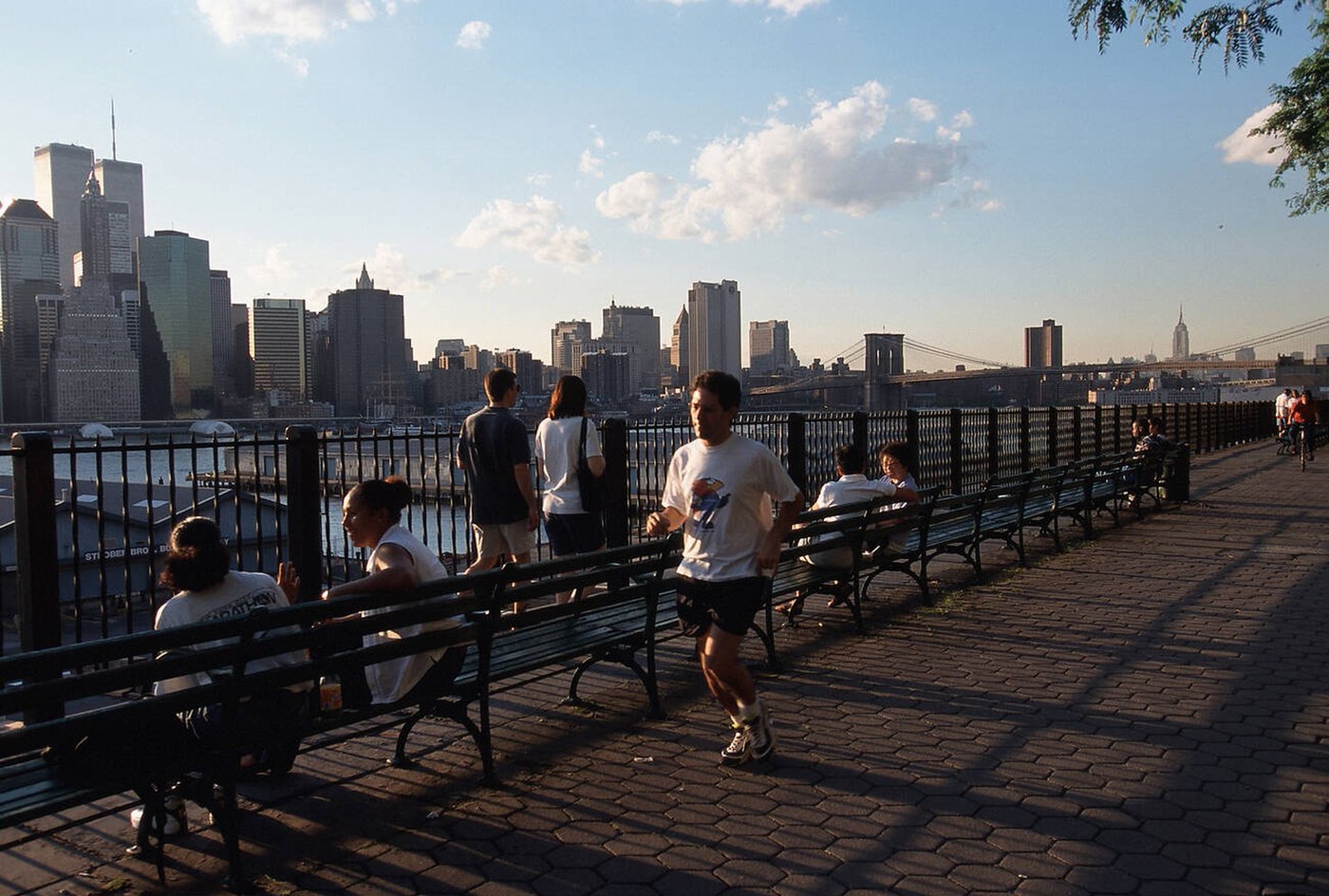
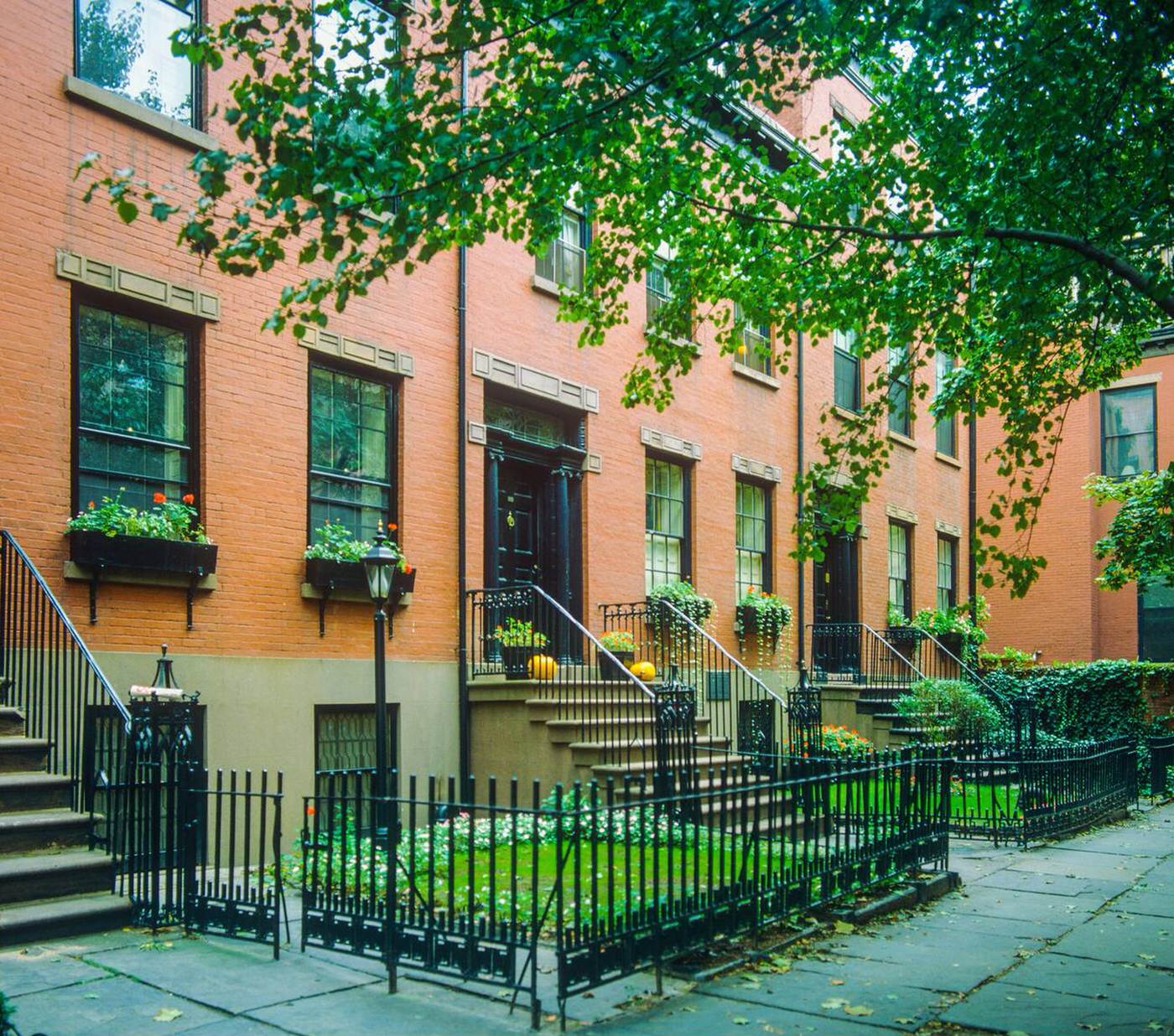
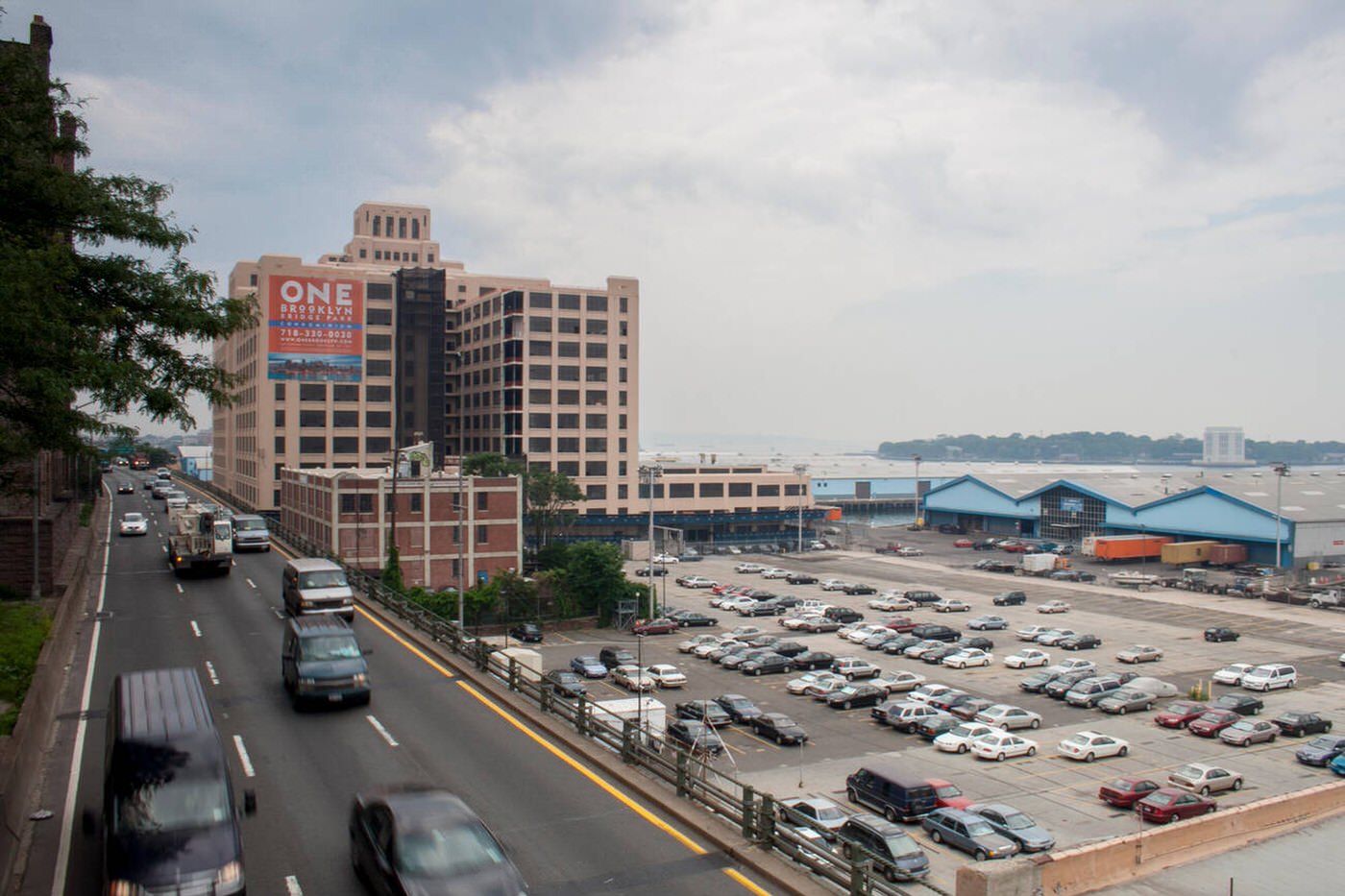
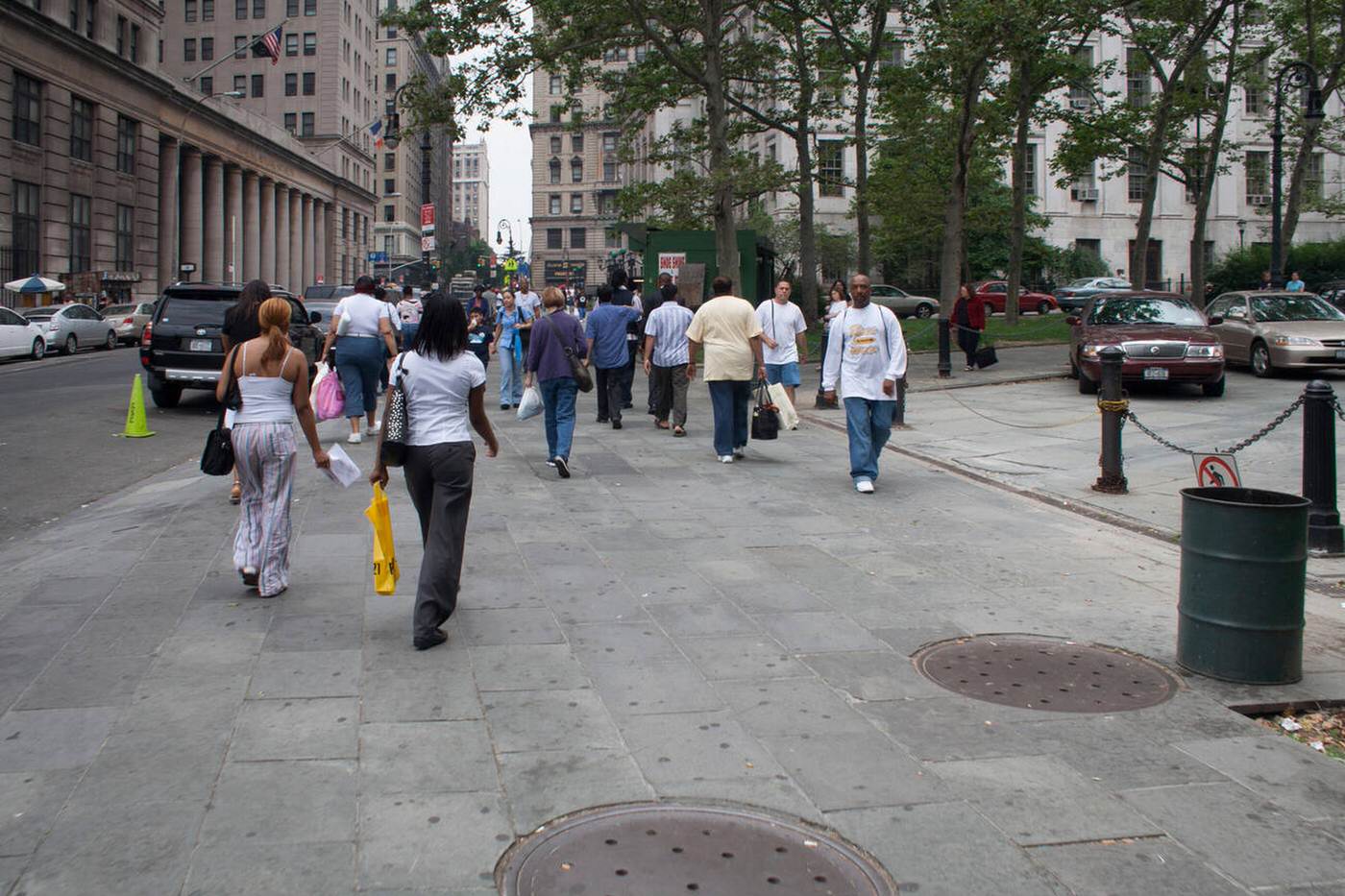
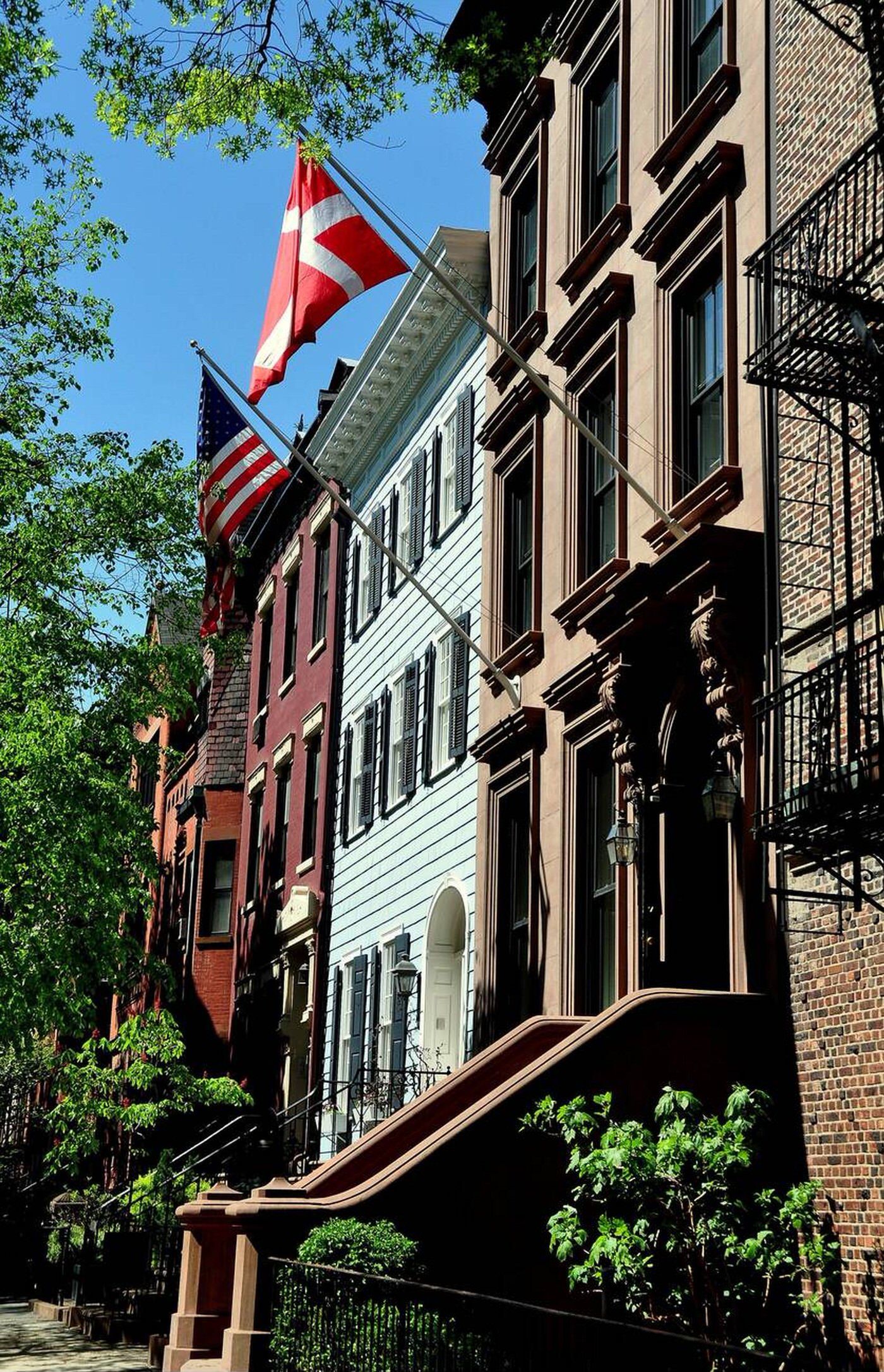
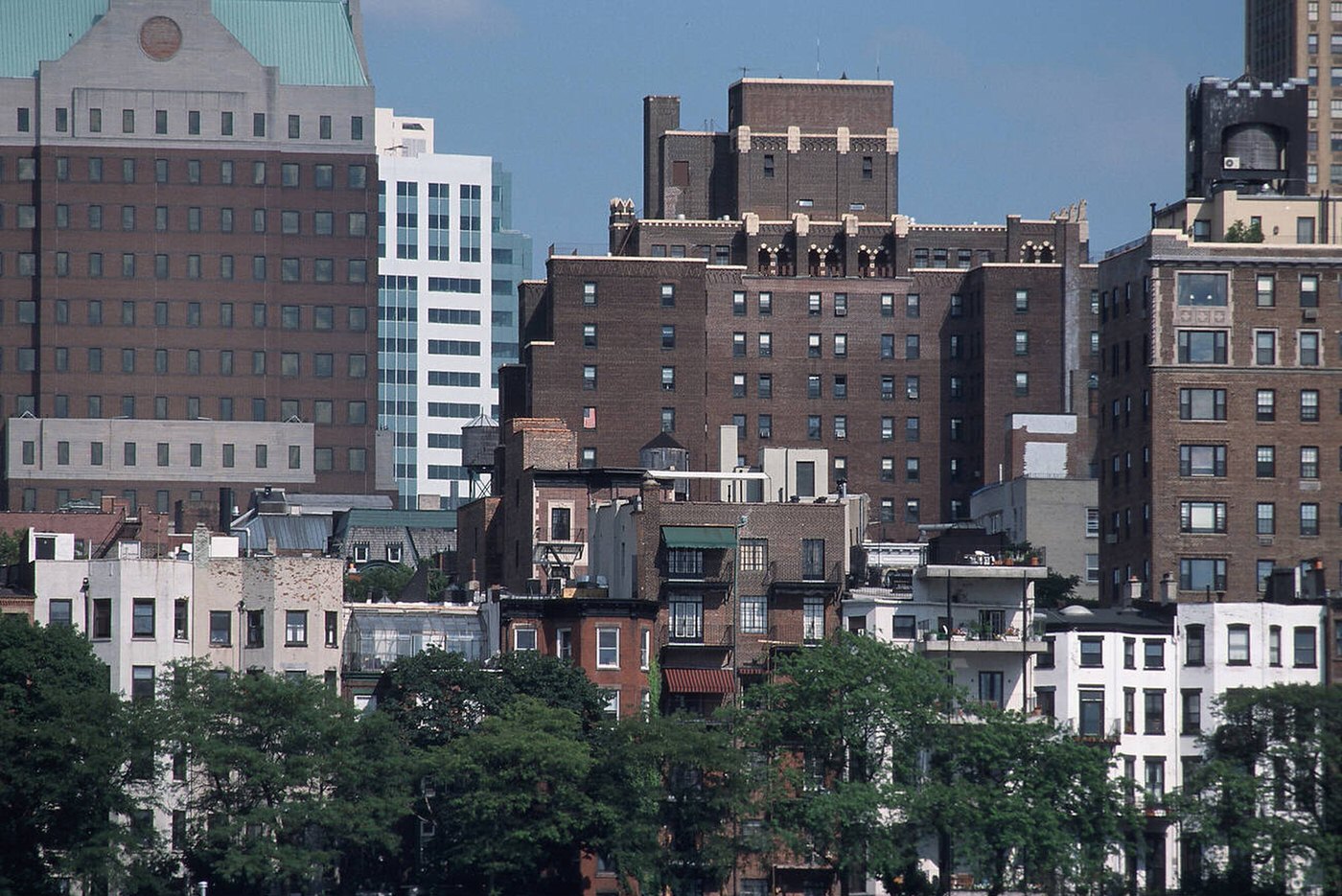
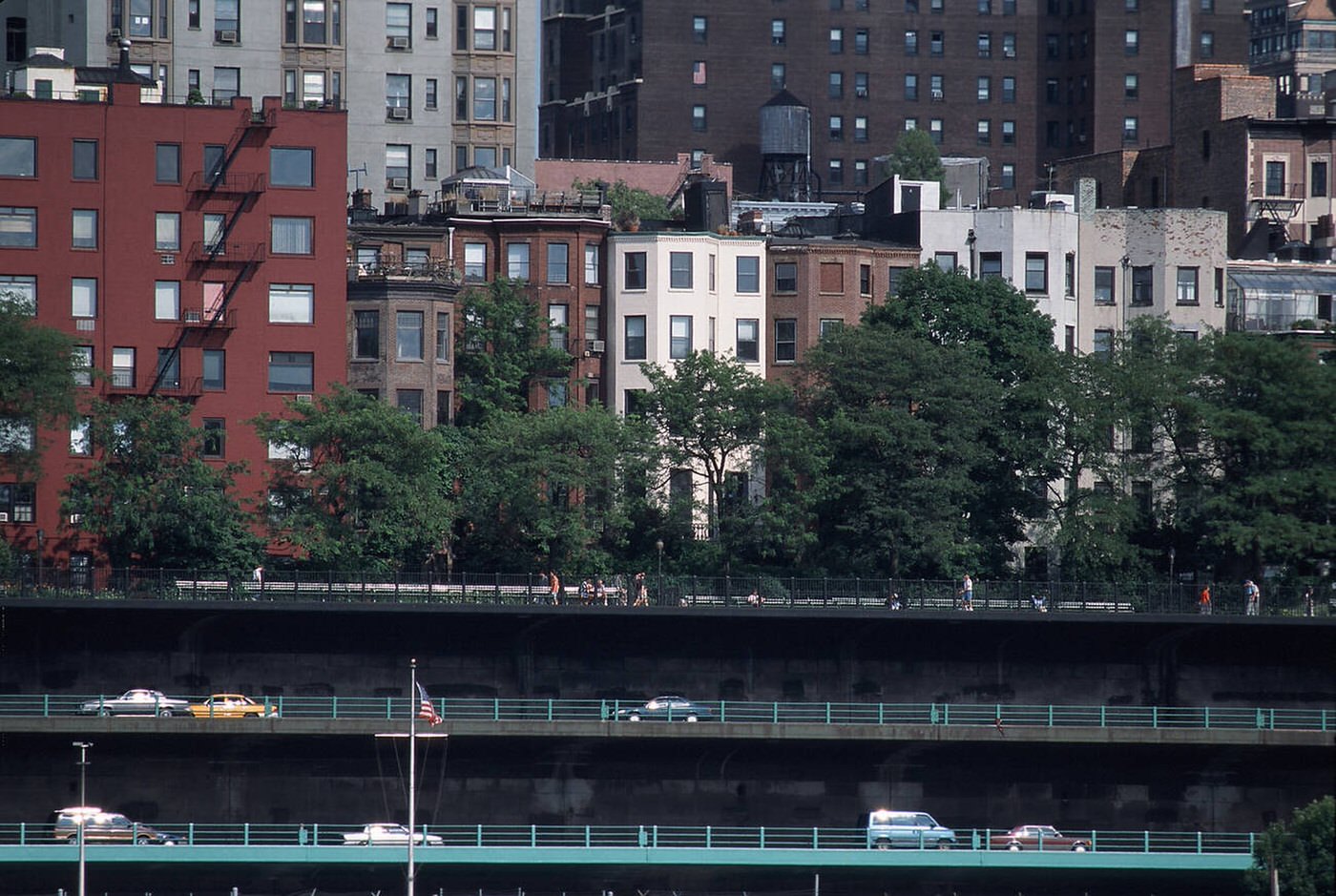
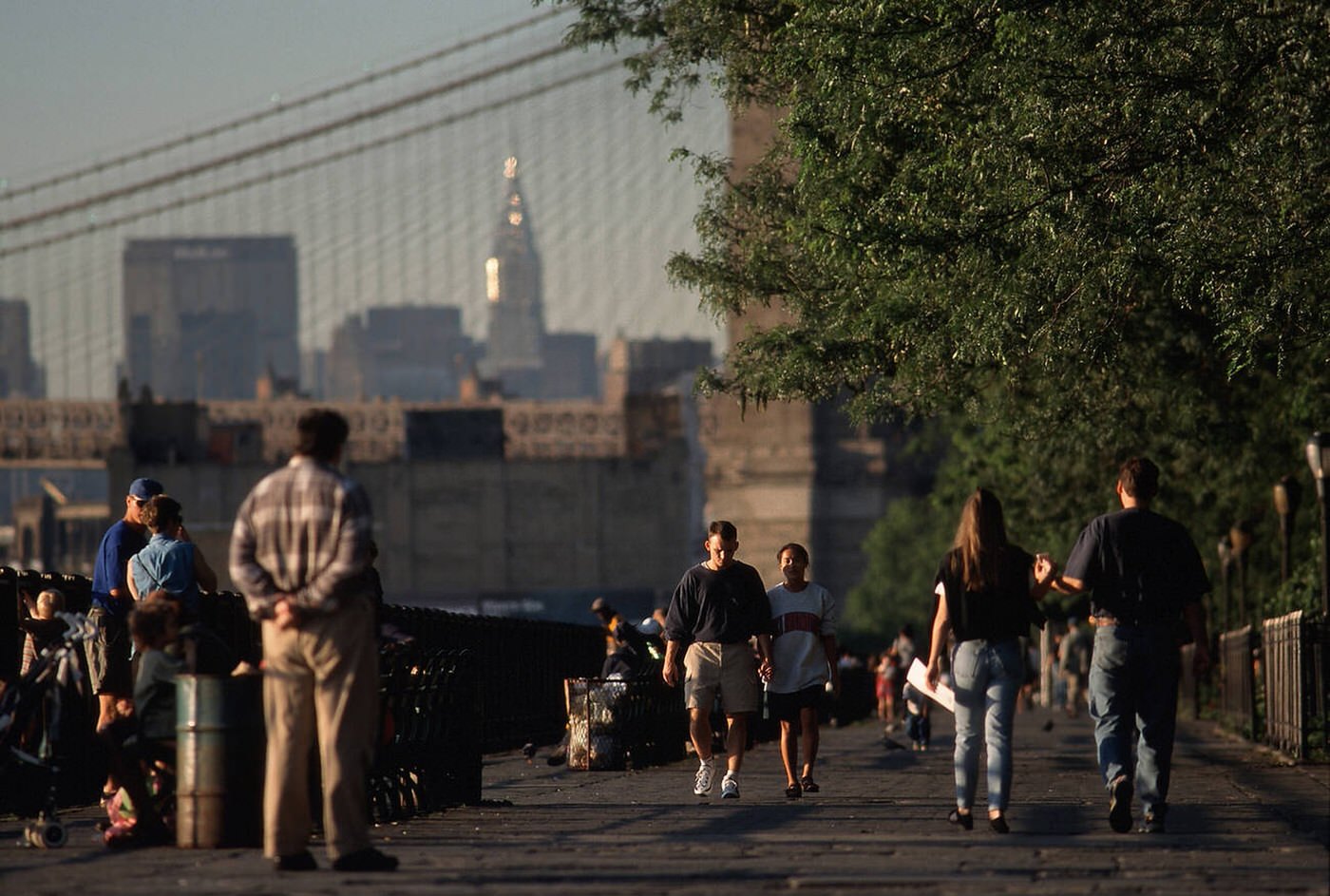
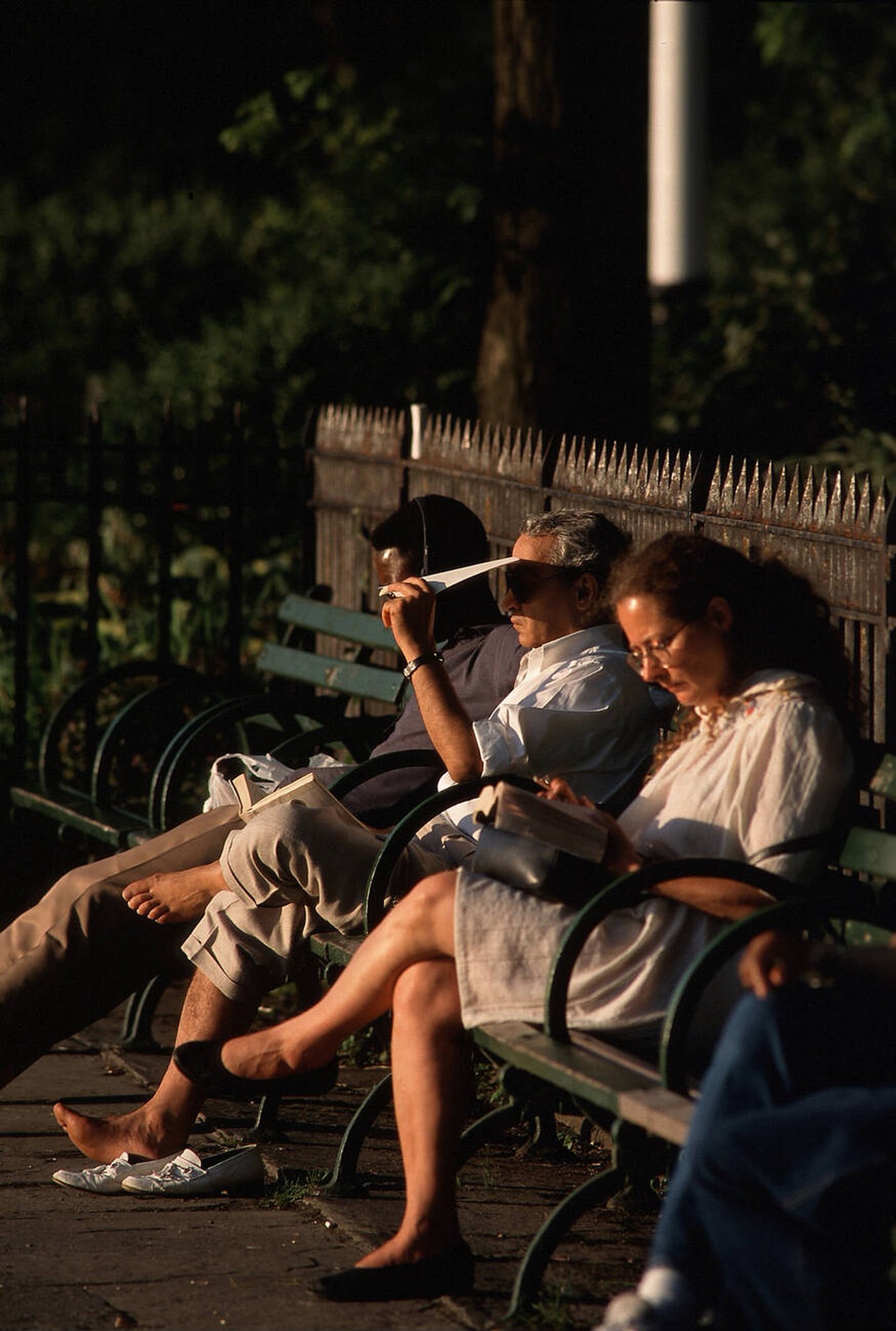
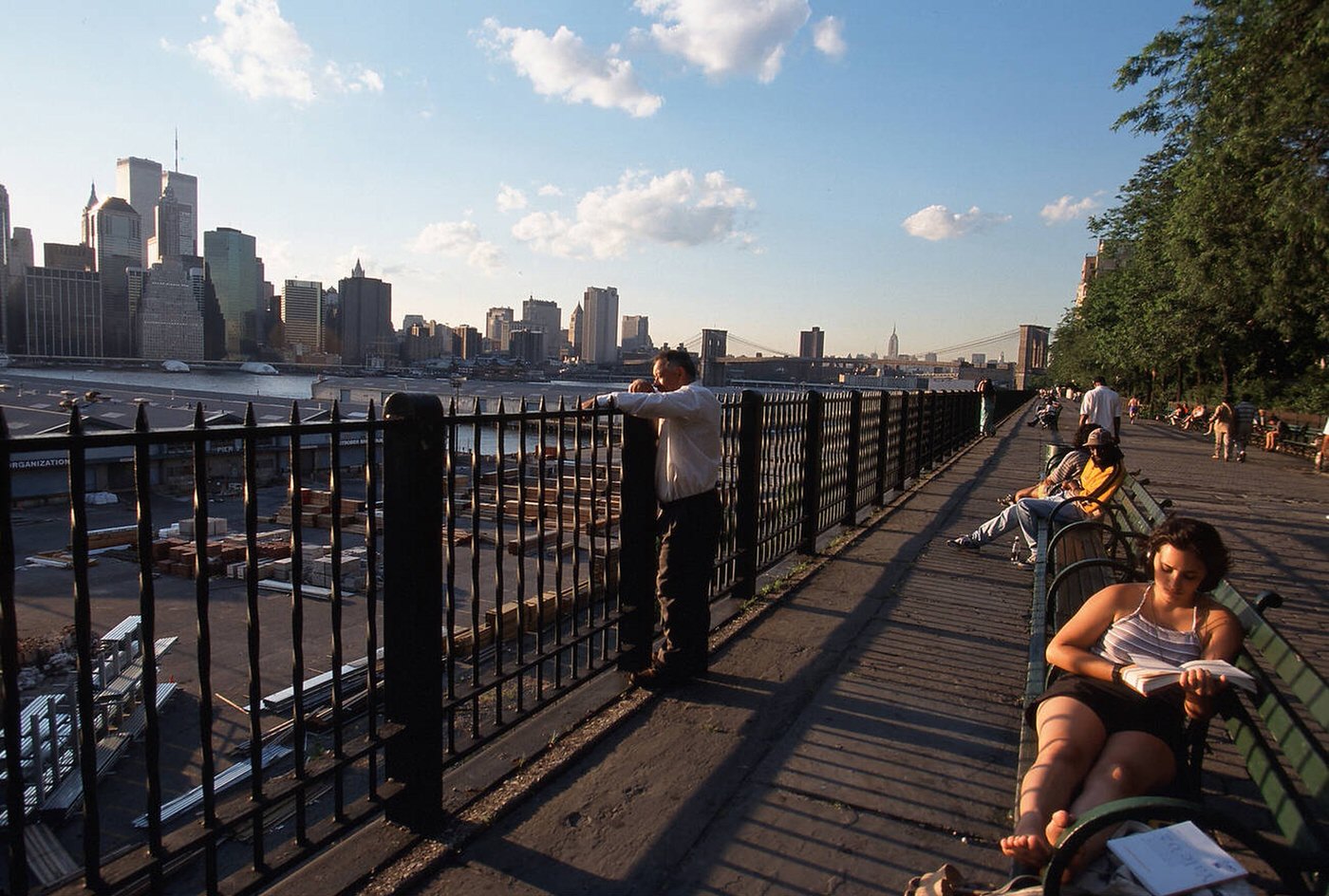
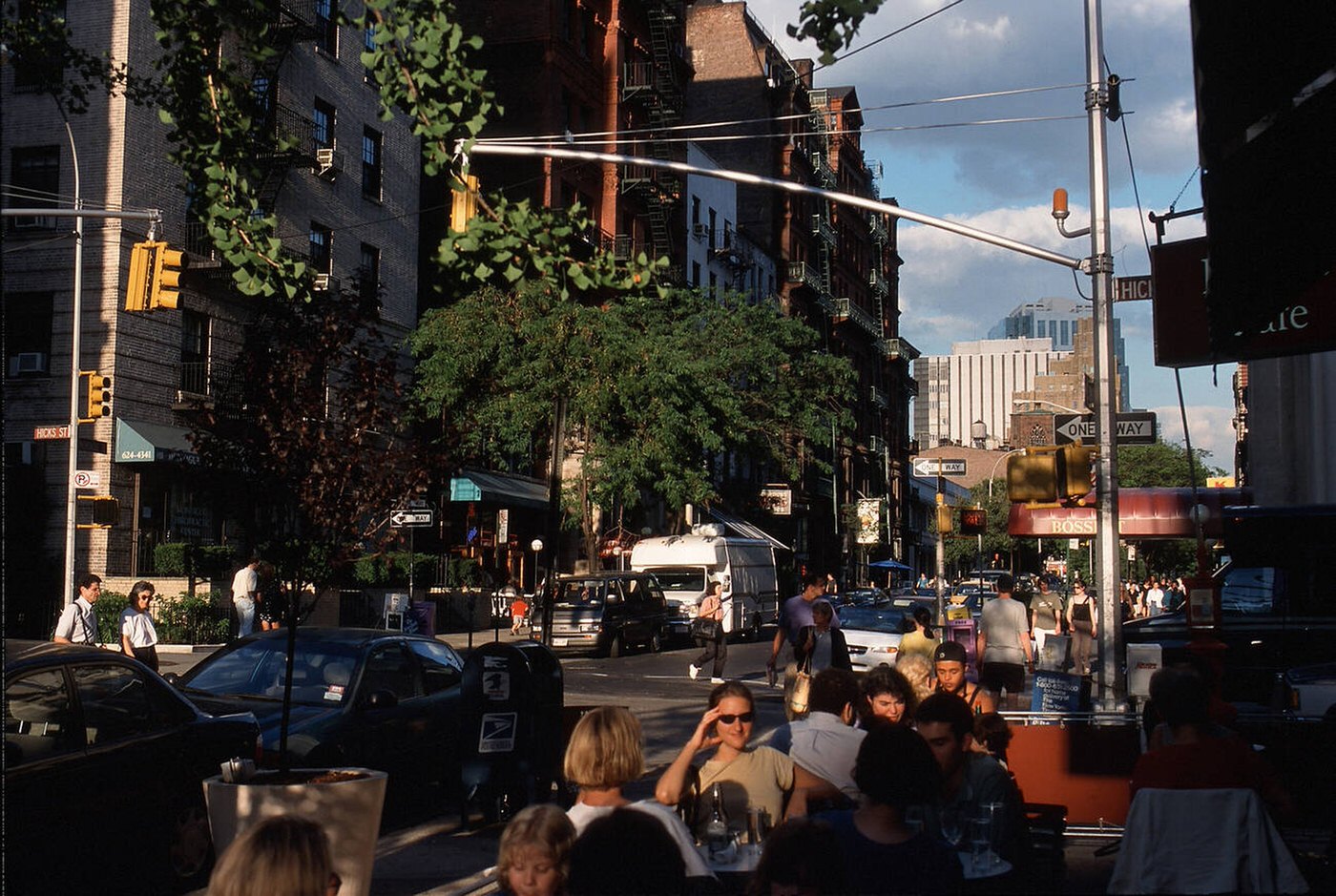
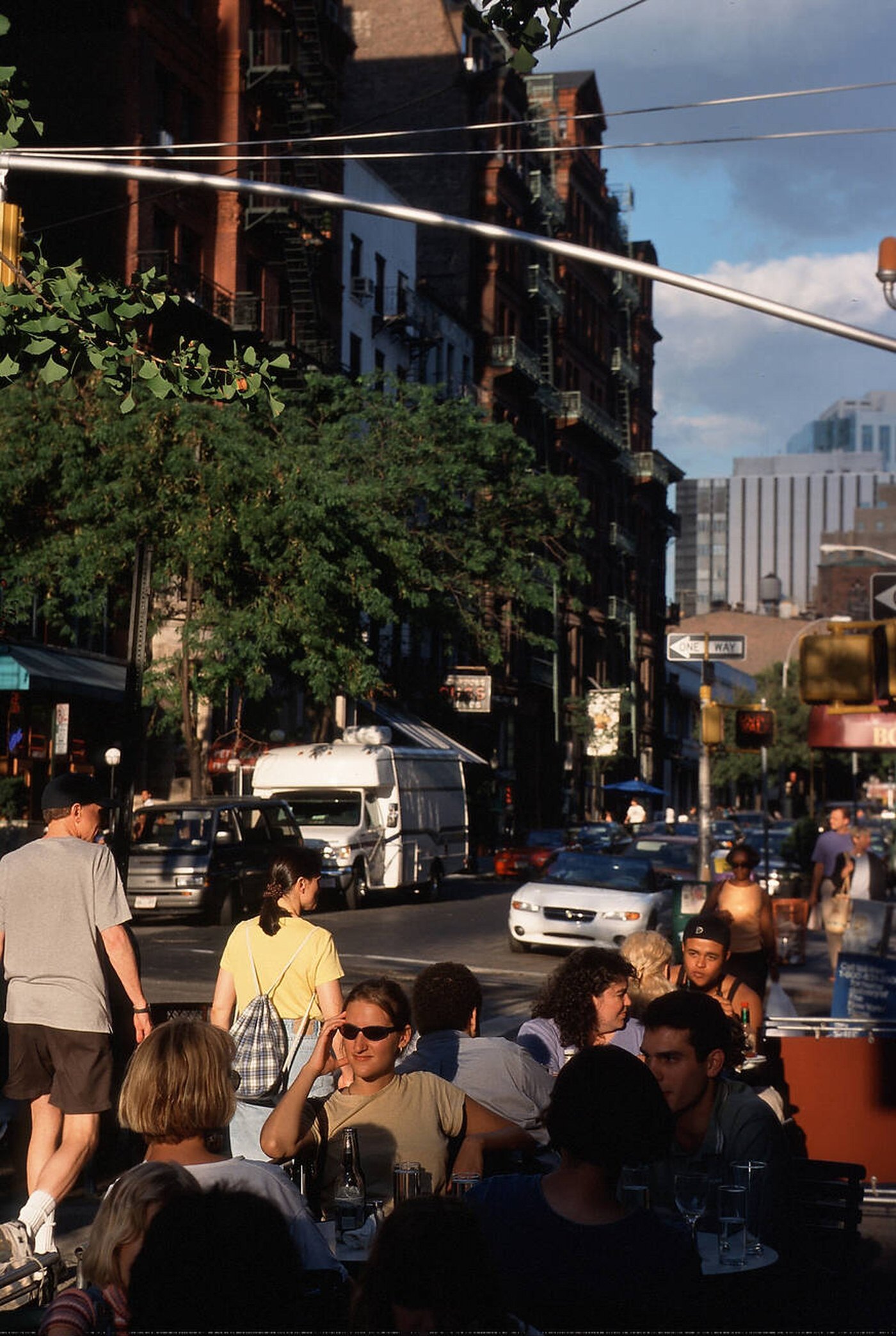

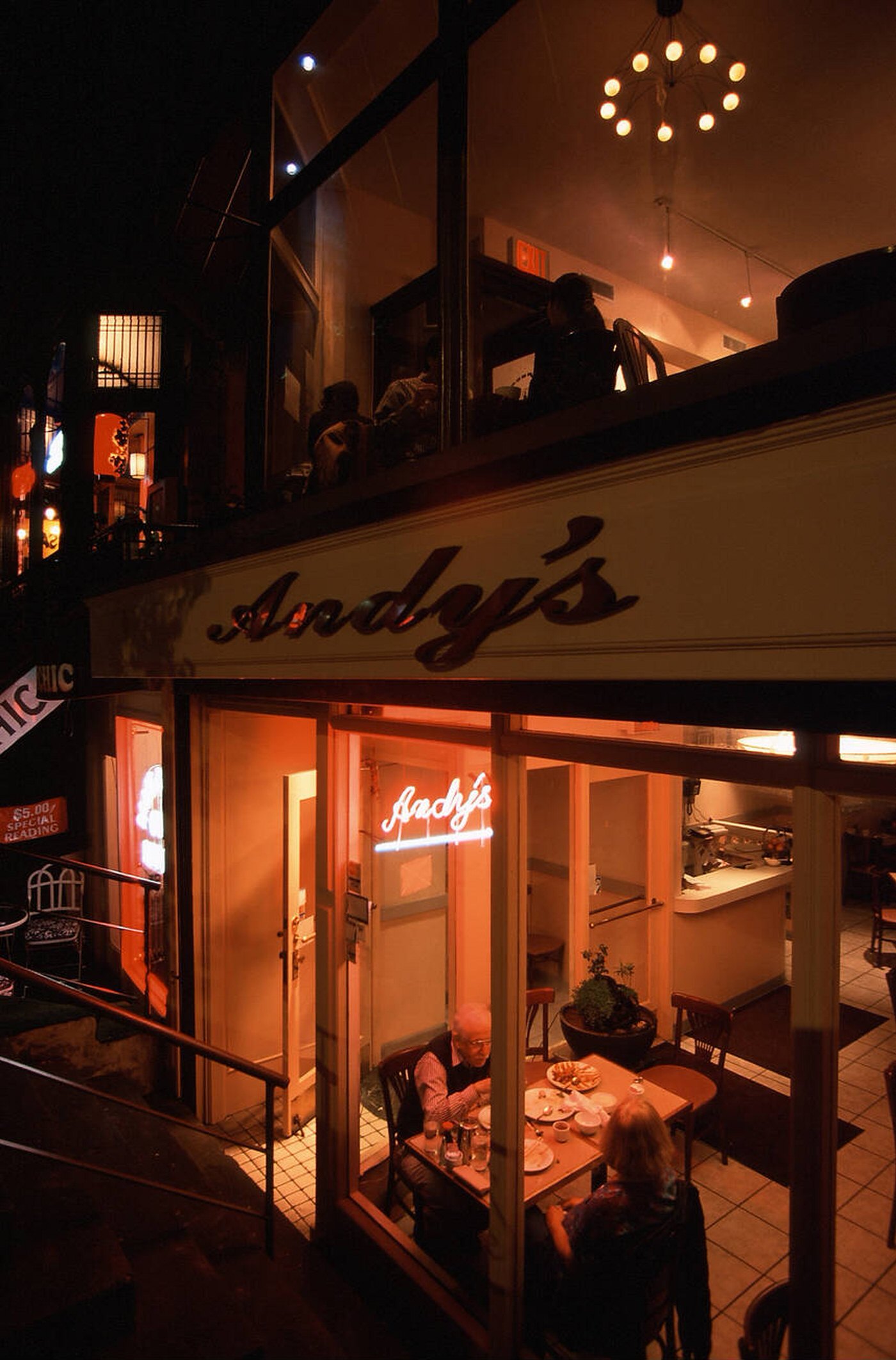


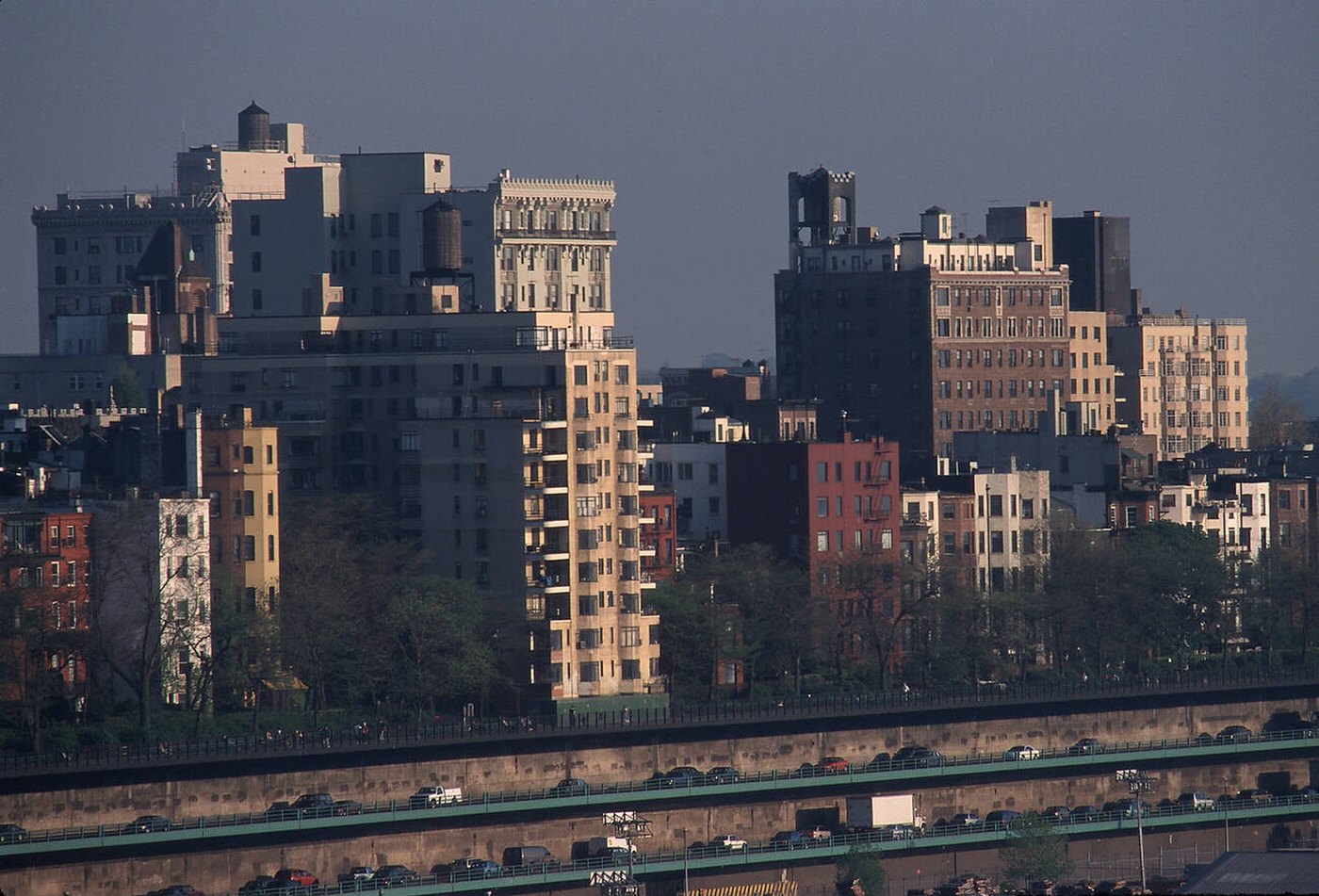
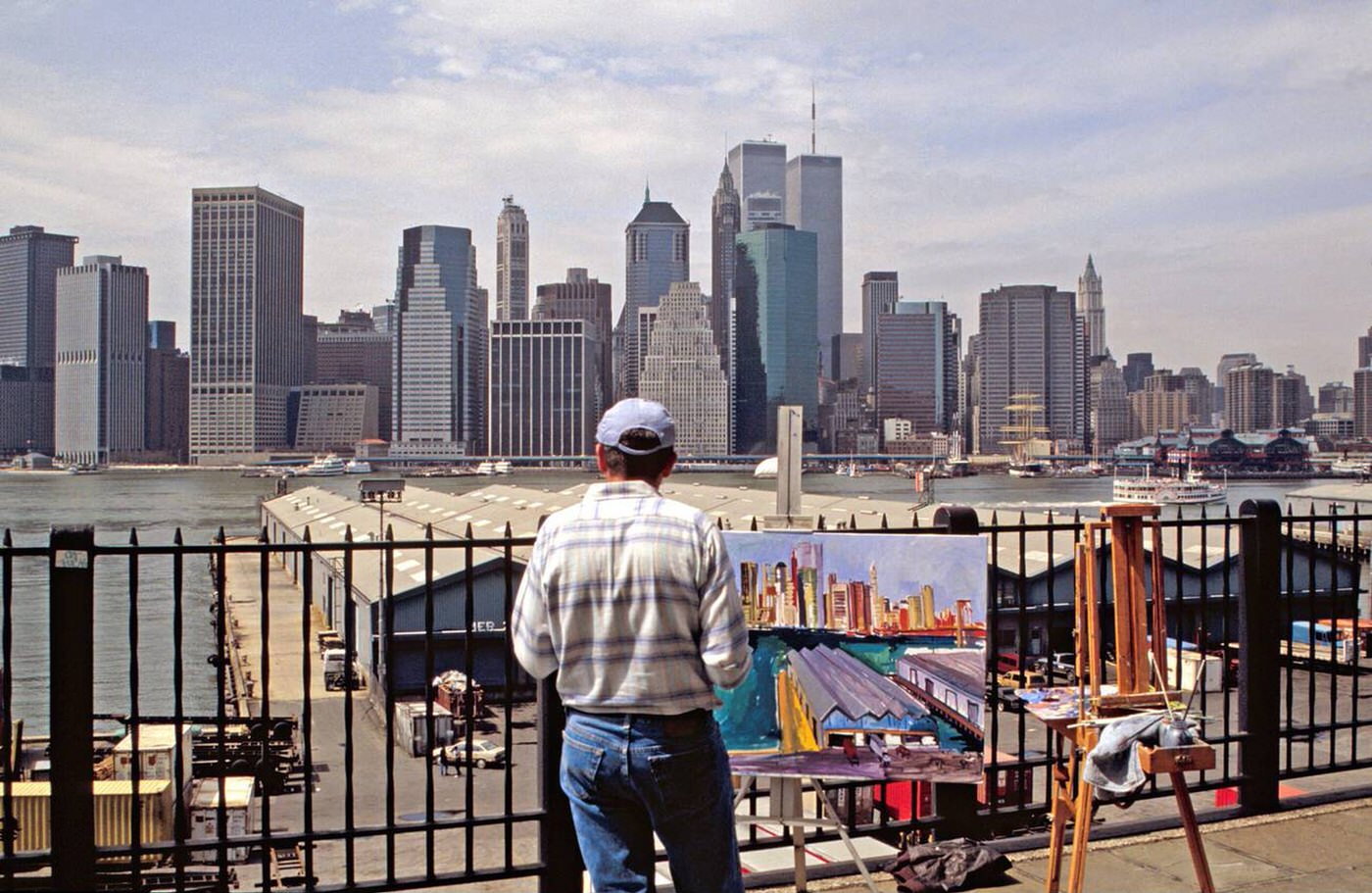
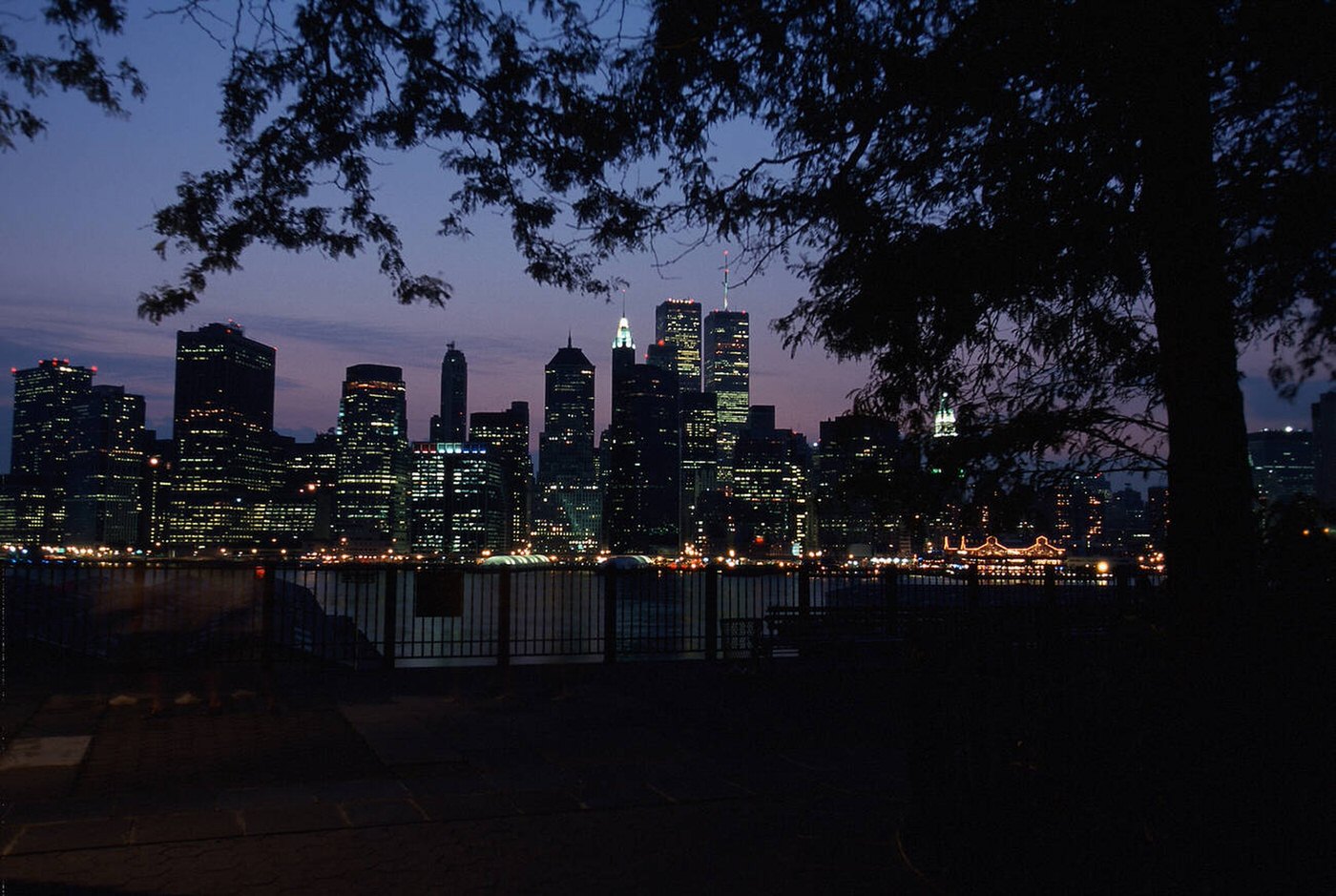

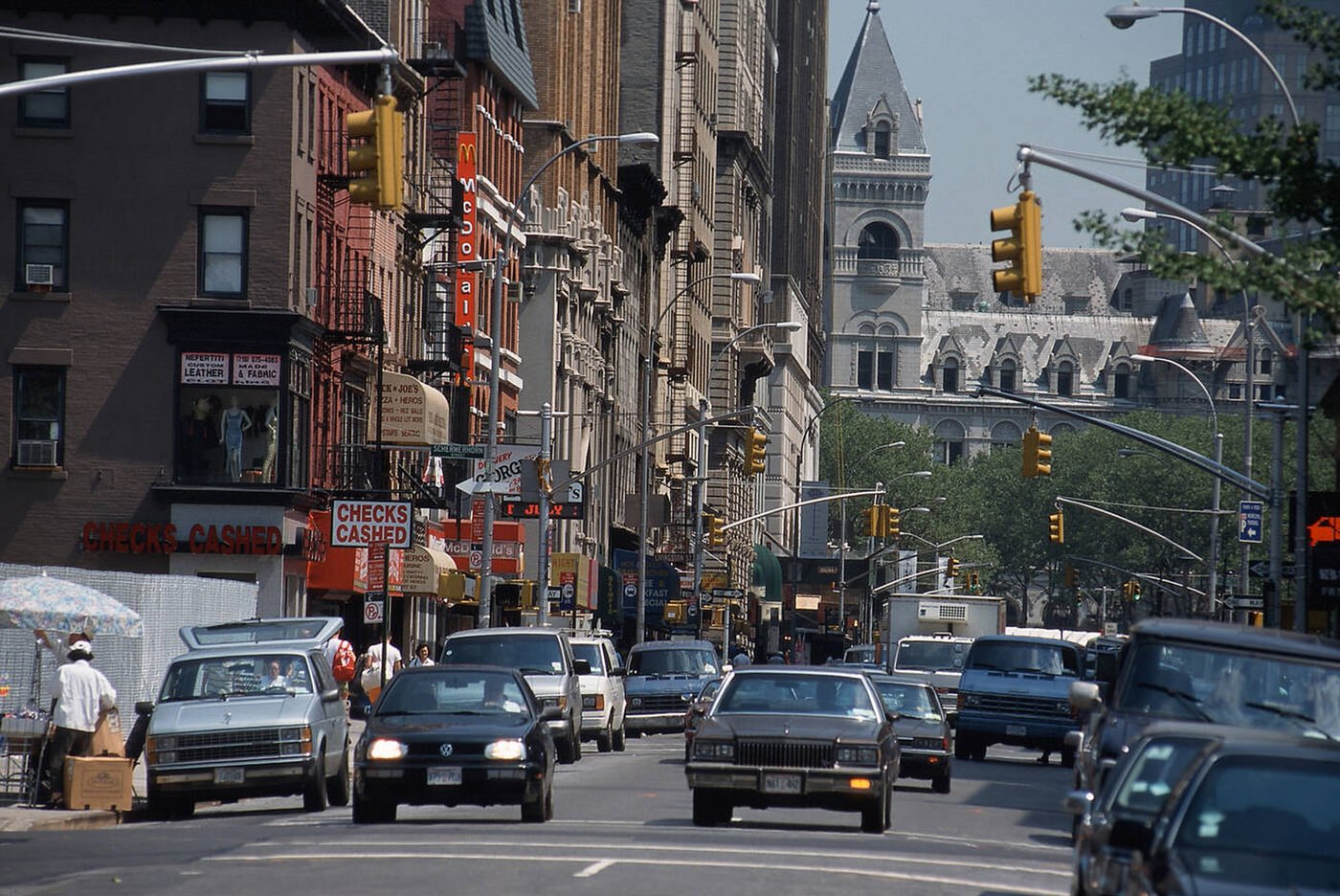
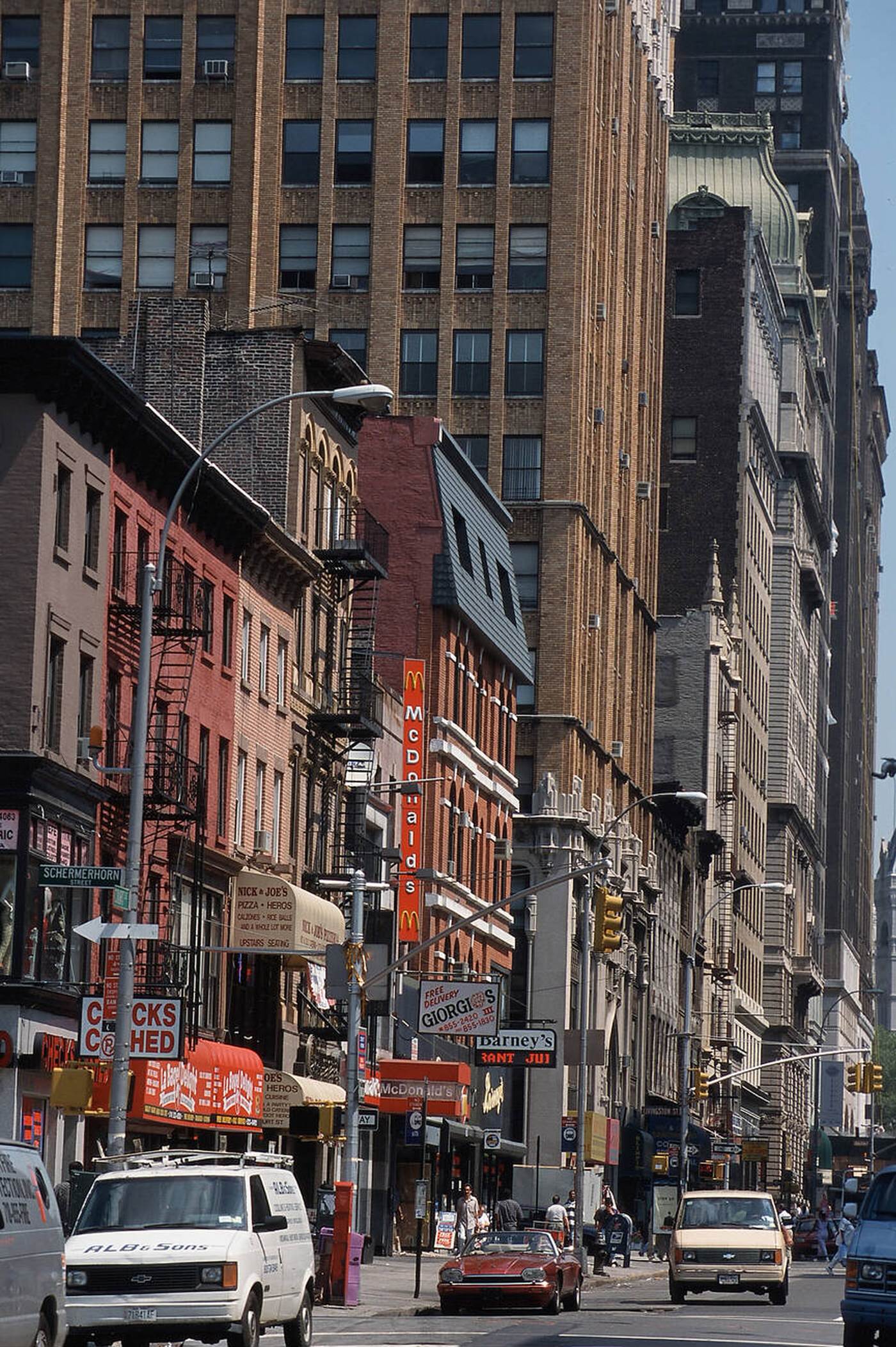

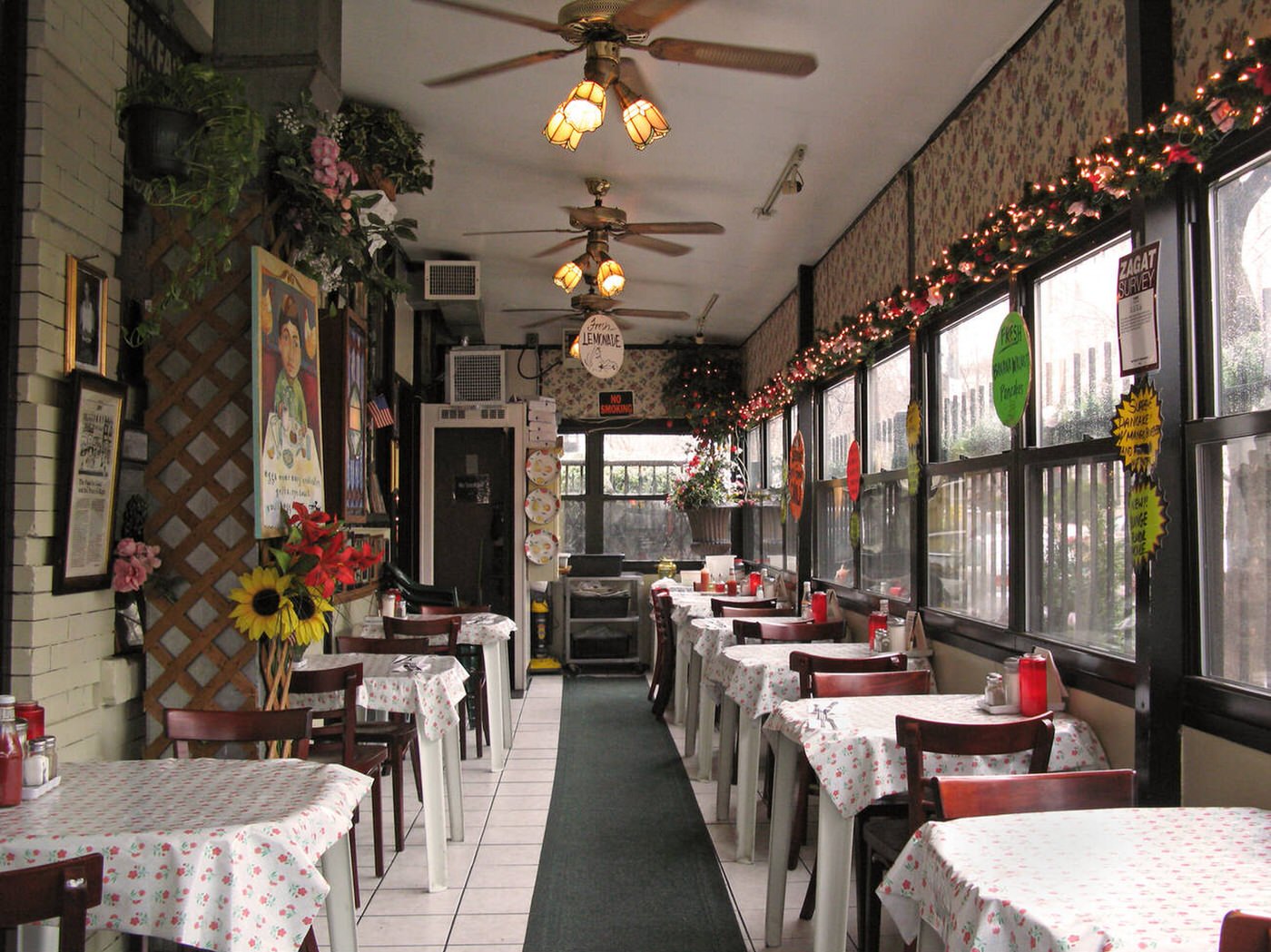

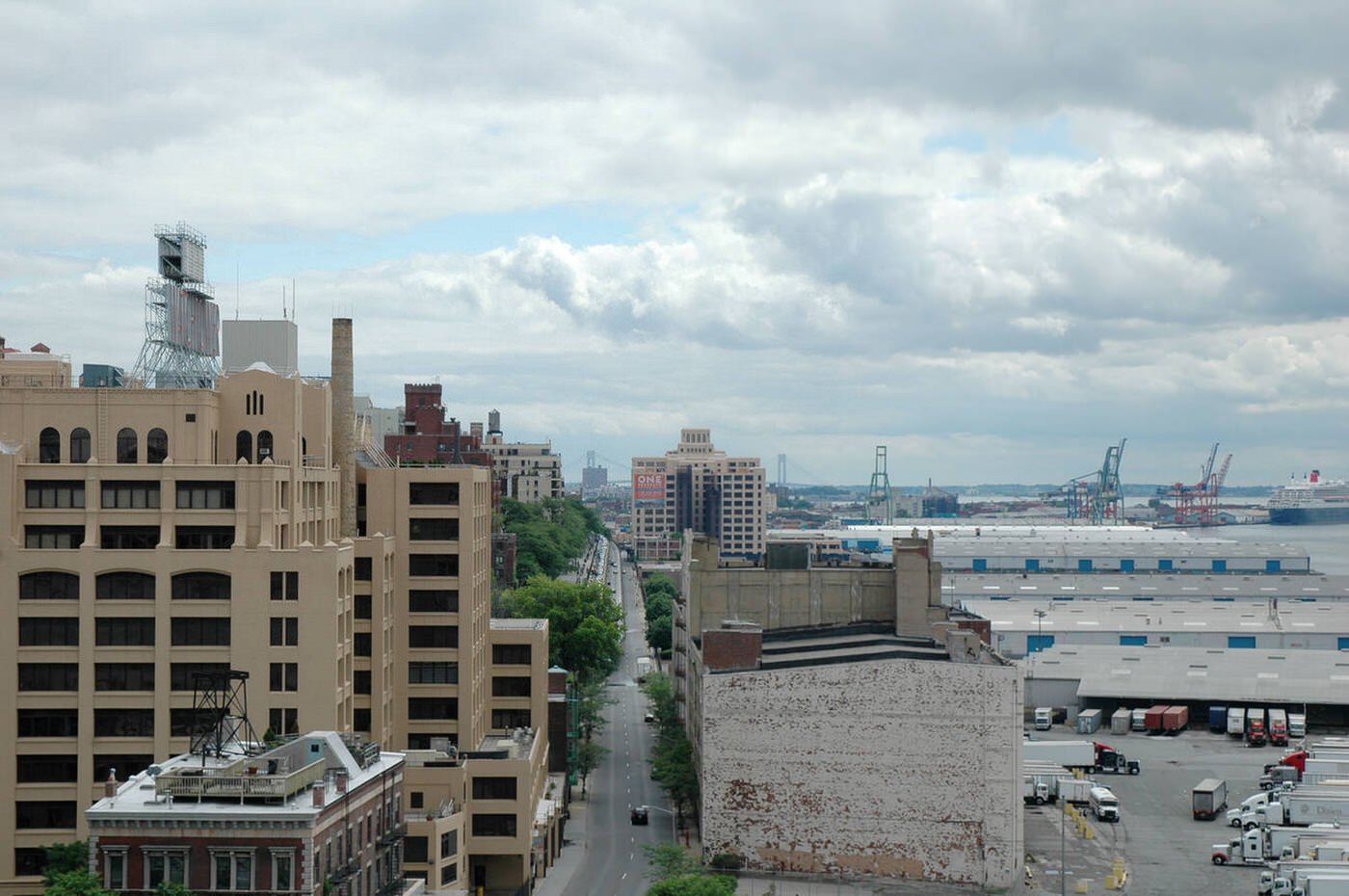

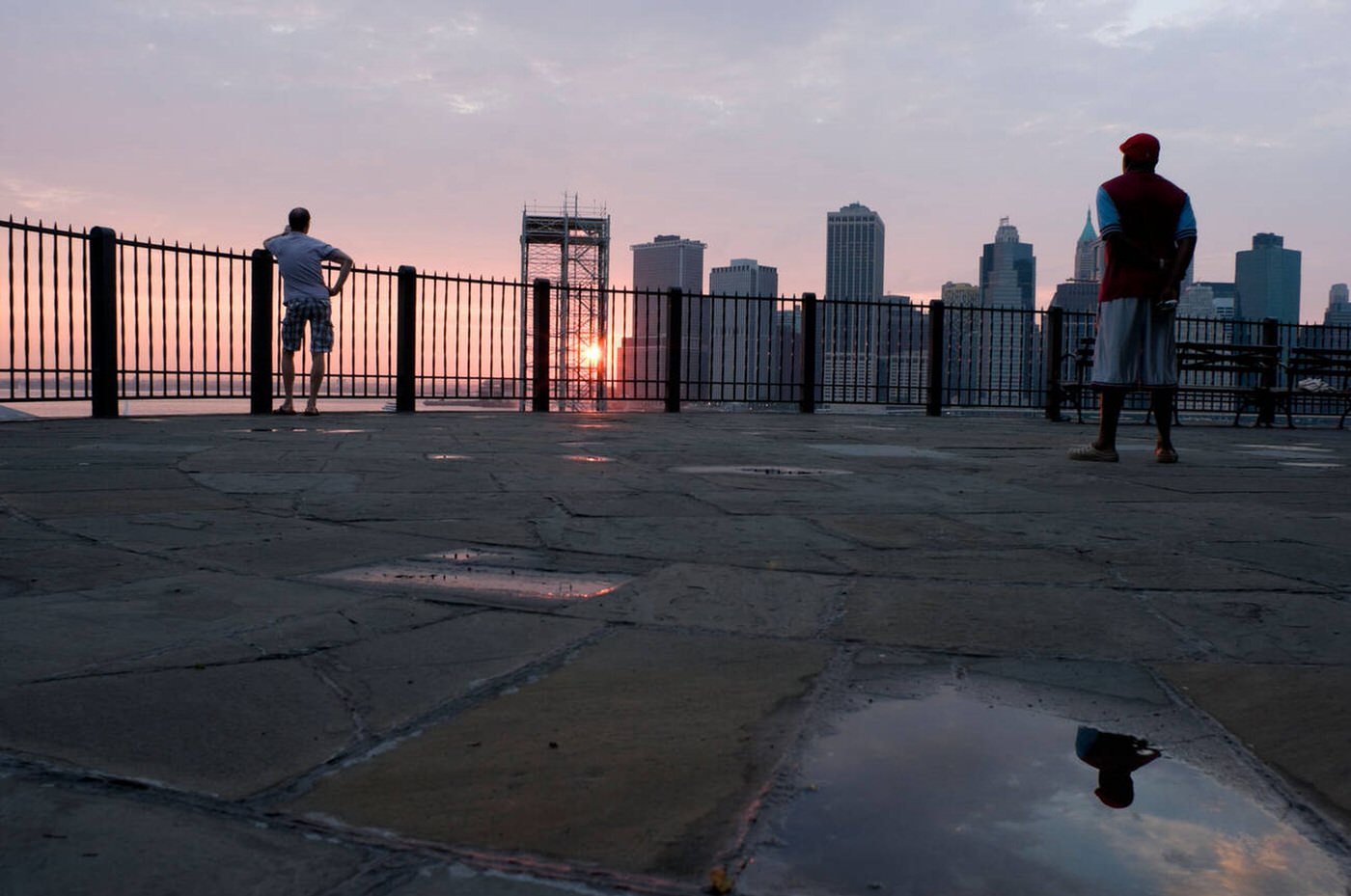
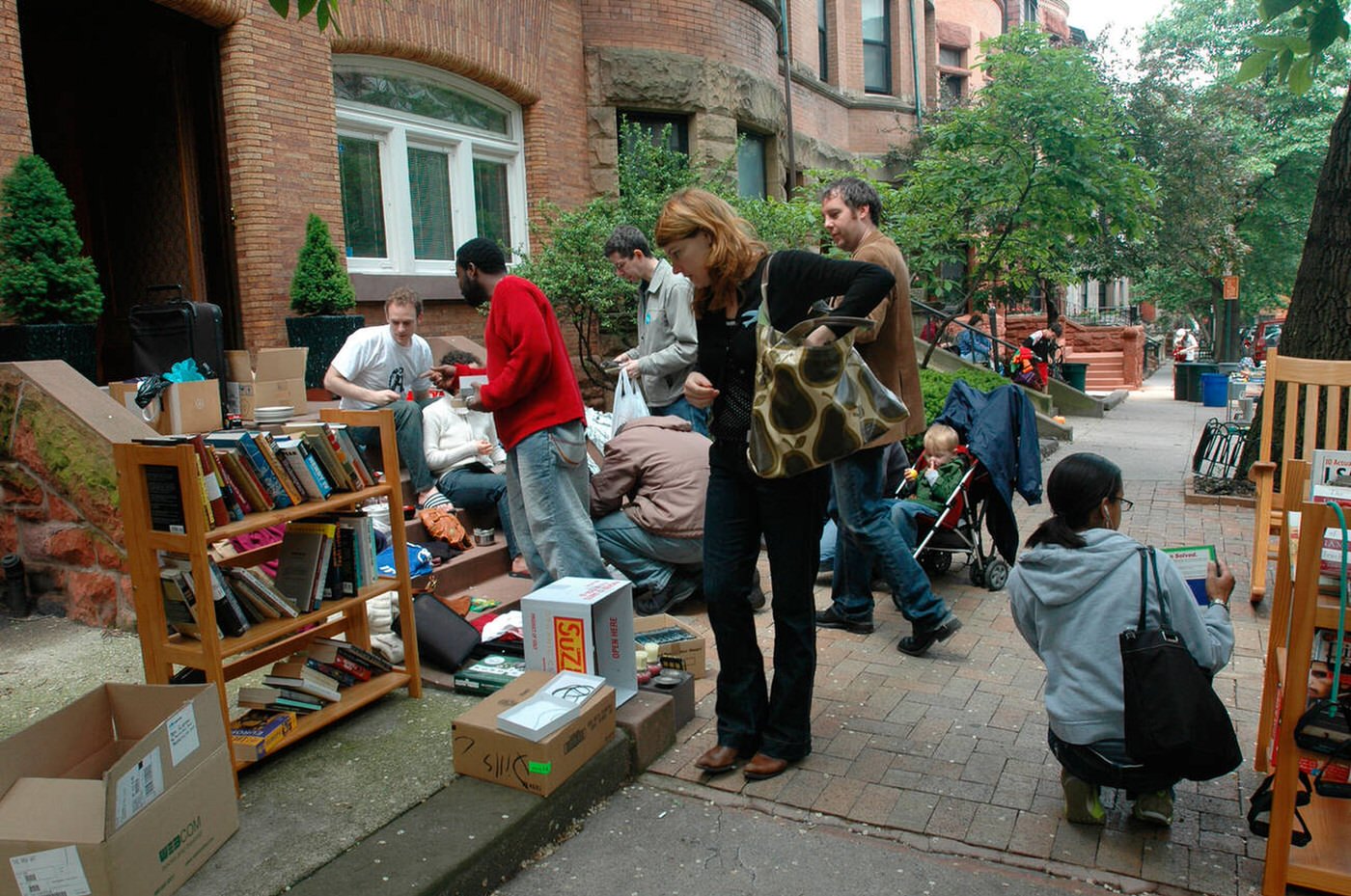
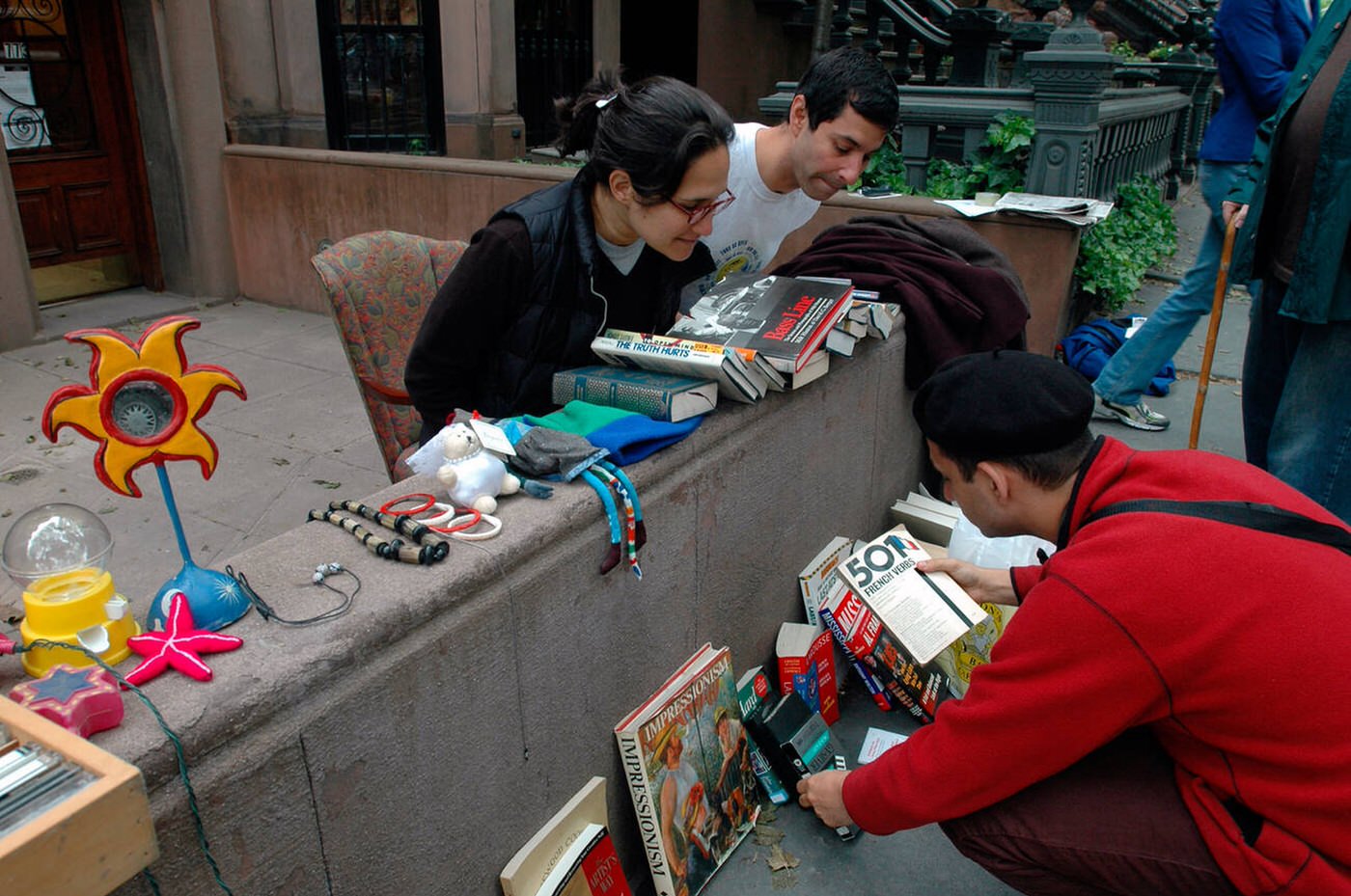
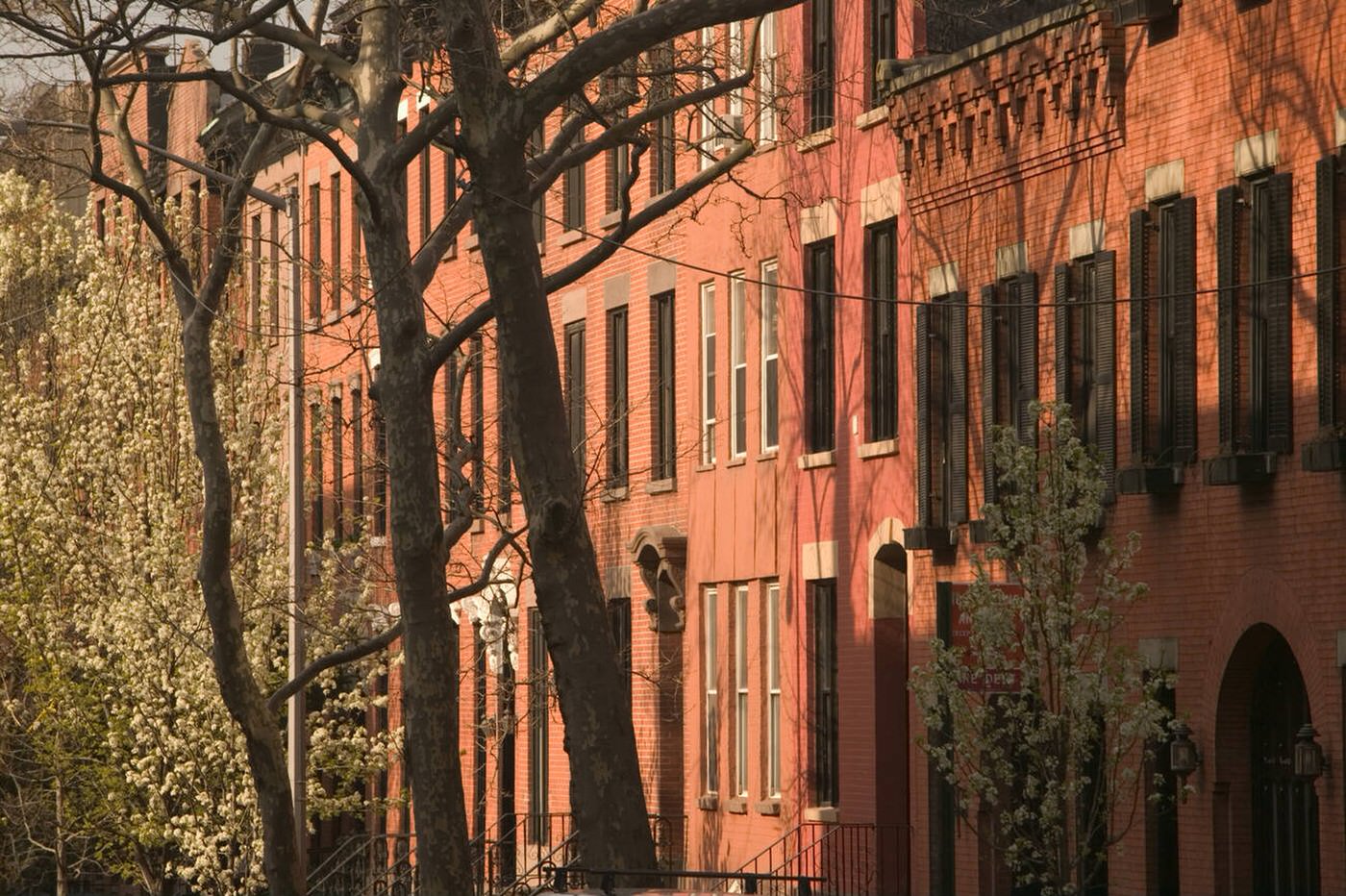
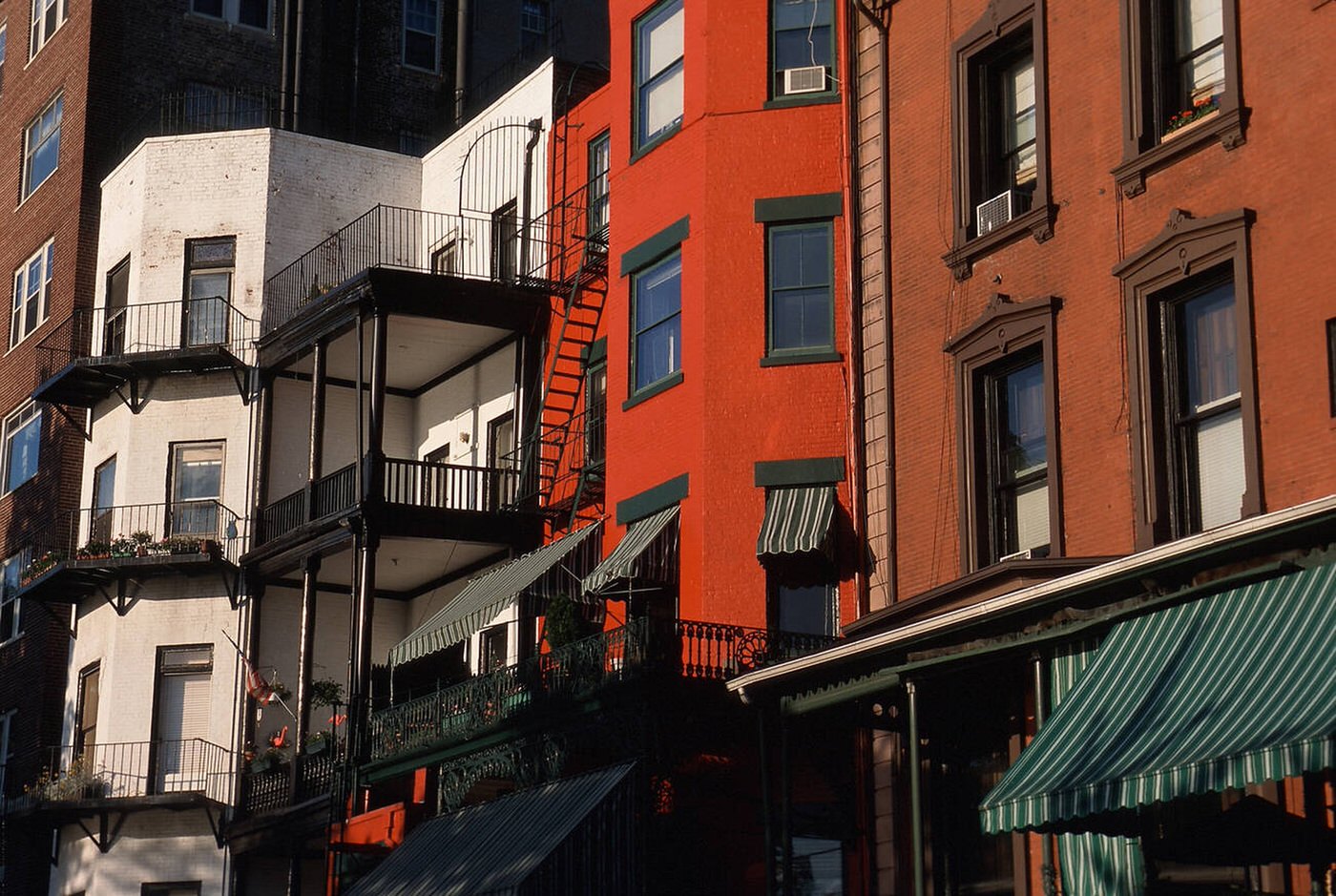

GIPHY App Key not set. Please check settings